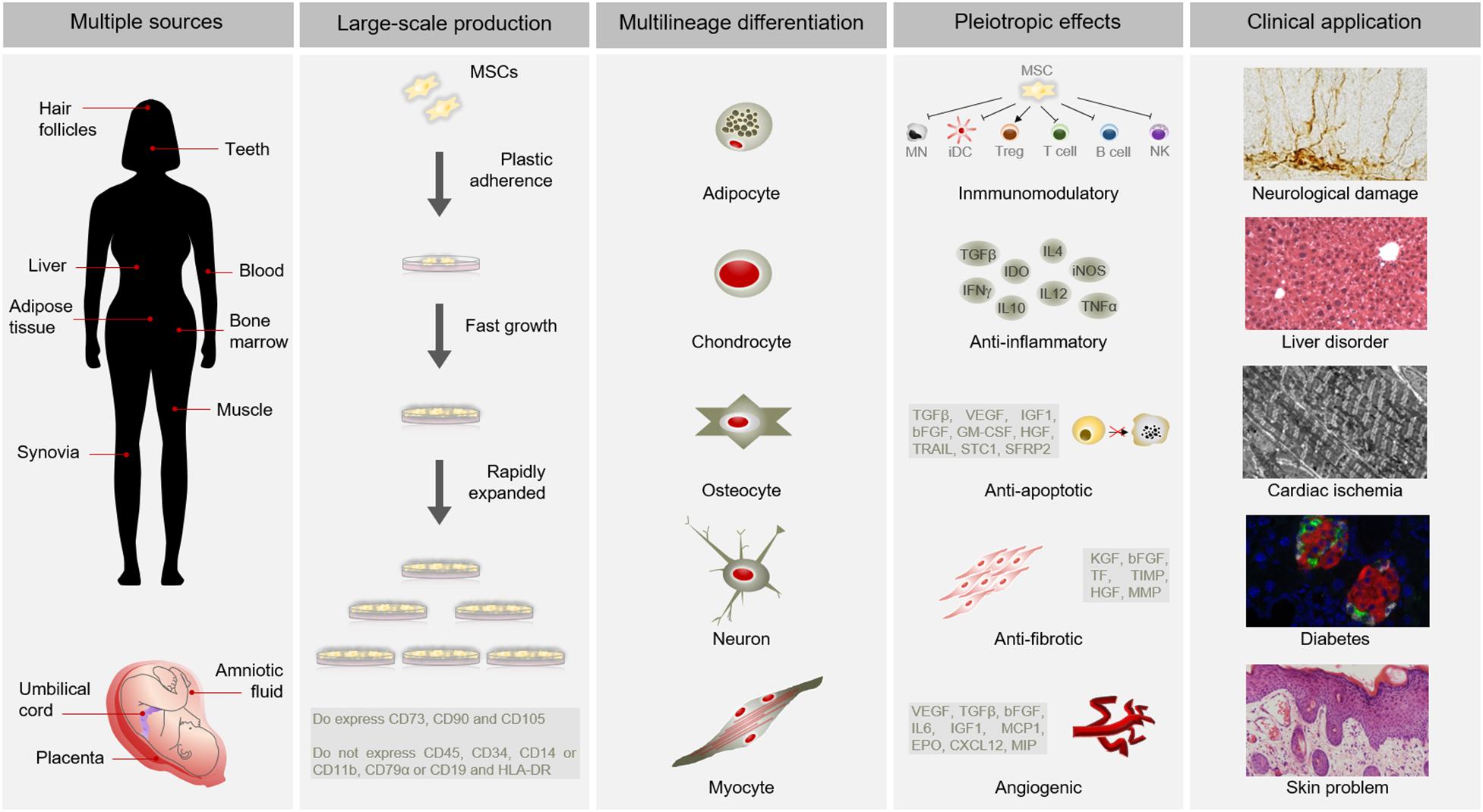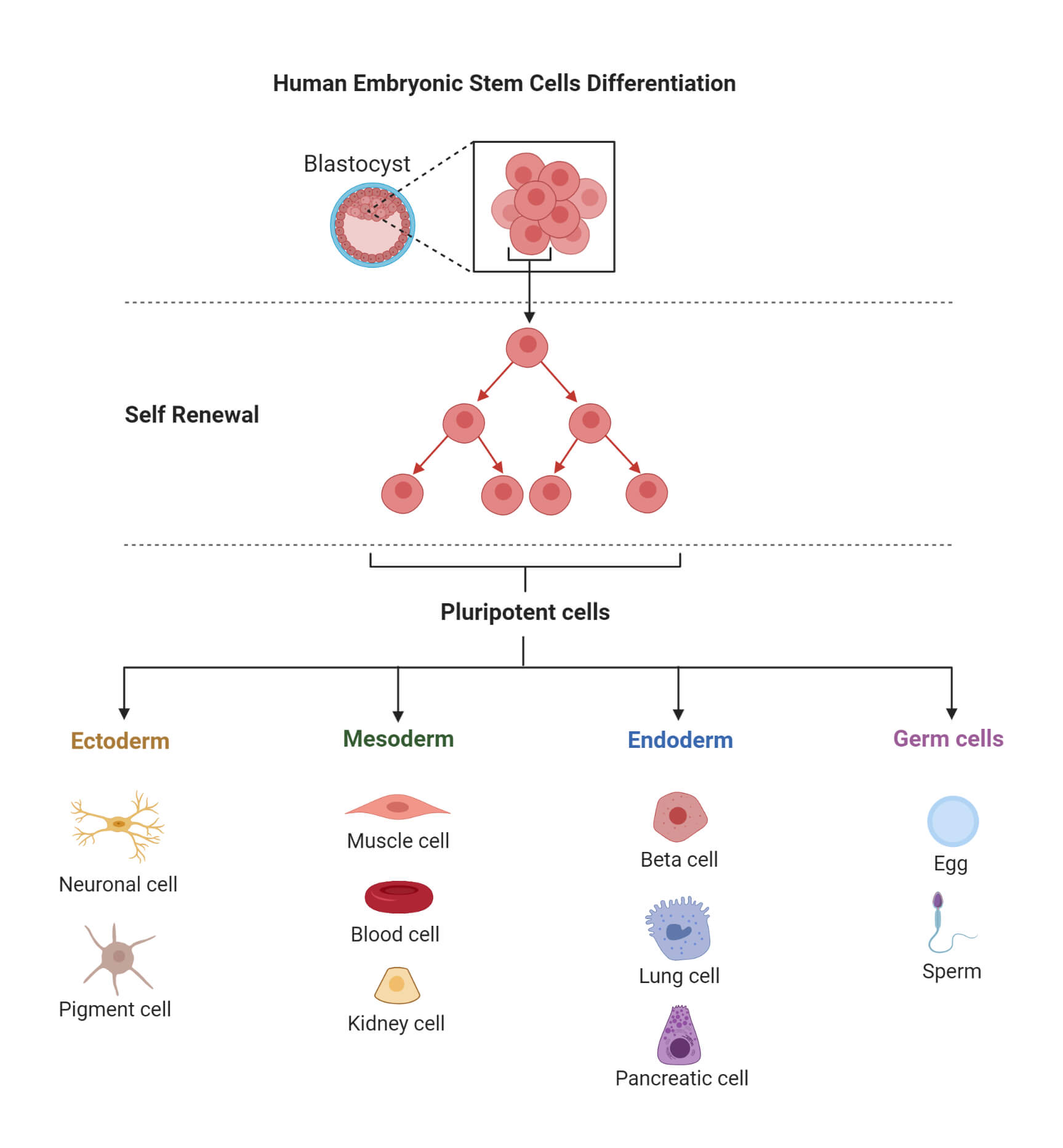Table of Contents

[/image][=video]
[/video]
There are numerous kinds of stem cells. Generally, the term stem cell describes a group of cells that trigger other cells (like skin, blood, heart, and muscle mass cells) by duplicating and distinguishing in reaction to chemical cues. Totipotent stem cells appear at the earliest stage of growth and are the only stem cells which can create embryonic stem cells and the placenta.
Bone marrow transplant (BMT) is a special treatment for people with particular cancers or various other illness. A bone marrow transplant entails taking cells that are usually found in the bone marrow (stem cells), filtering those cells, and providing them back either to the contributor (individual) or to another individual. The objective of BMT is to transfuse healthy bone marrow cells into a person after his/her own unhealthy bone marrow has actually been treated to kill the uncommon cells.
The blood cells that make other blood cells are called stem cells. The most primitive of the stem cells is called the pluripotent stem cell.
It is the stem cells that are needed in bone marrow transplant. The goal of a bone marrow transplant is to treat many diseases and kinds of cancer cells. When the dosages of radiation treatment or radiation required to treat a cancer are so high that an individual's bone marrow stem cells will be completely harmed or ruined by the therapy, a bone marrow transplant may be needed.
Menopause Treatment in Ann Arbor
This procedure is frequently called rescue. Replace bone marrow with genetically healthy and balanced working bone marrow to stop even more damages from a genetic illness process (such as Hurler's syndrome and adrenoleukodystrophy). The threats and advantages need to be evaluated in an extensive discussion with your healthcare supplier and professionals in bone marrow transplants before the treatment.
There are different sorts of bone marrow transplants relying on who the contributor is. The various sorts of BMT include the following: The donor is the person himself or herself. Stem cells are drawn from the individual either by bone marrow harvest or apheresis (a process of accumulating peripheral blood stem cells), frozen, and afterwards repaid to the patient after extensive treatment.
The donor shares the exact same genetic kind as the patient. Stem cells are taken either by bone marrow harvest or apheresis from a genetically matched donor, normally a sibling or sibling. Other benefactors for allogeneic bone marrow transplants might consist of the following: A haploid-identical suit is when the contributor is a parent and the genetic suit goes to least half identical to the recipient.

Matching includes typing human leukocyte antigen (HLA) cells. The antigens on the surface area of these unique leukocyte figure out the genetic make-up of a person's immune system. There are at the very least 100 HLA antigens; nevertheless, it is thought that there are a couple of major antigens that determine whether a donor and recipient match.
Clinical research is still investigating the role all antigens play in the procedure of a bone marrow transplant. The more antigens that match, the far better the engraftment of donated marrow. Engraftment of the stem cells occurs when the contributed cells make their method to the marrow and begin making new members cells.
Medical Group
All individuals function with each other to provide the best opportunity for a successful transplant. The team is composed of the following: Healthcare carriers who specialize in oncology, hematology, immunology, and bone marrow transplant.
Specialists that will certainly help you meet your dietary demands prior to and after the transplant. They will work carefully with you and your family. Experts who will help you end up being solid and independent with motion and endurance after the hair transplant. Chaplains that give spiritual treatment and assistance. Numerous other group participants will certainly evaluate you prior to transplantation and will offer follow-up treatment as required.
A total medical history and physical test are executed, consisting of several examinations to examine the client's blood and body organ features (as an example, heart, kidney, liver, and lungs). A client will certainly typically enter the transplant facility as much as 10 days before transplant for hydration, analysis, positioning of the main venous line, and various other prep work.
For an allogeneic transplant, an ideal (tissue entered and matched) contributor should be available. Volunteer marrow benefactors are registered in several nationwide and global computer system registries.
Benefactor resources offered include: self, brother or sister, moms and dad or relative, nonrelated individual, or umbilical cable from an associated or nonrelated individual. There are national and global computer system registries for nonrelated people and cable blood. Some household members might be typed as a result of the need to assist. These family members may or may not choose to have their kind signed up for use with various other receivers.
Perimenopause Treatment servicing Ann Arbor, Michigan
Tests connected to his/her health and wellness, direct exposure to viruses, and genetic evaluation will certainly be done to identify the degree of the suit. The donor will certainly be offered instructions on exactly how a bone marrow contribution will be made. When a match for a person needing a bone marrow transplant is discovered, then stem cells will certainly be gathered either by a bone marrow harvest.
Or by a peripheral blood stem cell collection. This is where stem cells are gathered from the distributing cells in the blood. Of both, peripheral blood stem cell donations are now extra usual. Cable blood has actually currently been accumulated at the time of a birth and stored for later use.
Navigation
Latest Posts
Perimenopause Treatment local to Ann Arbor, Michigan
Menopause Therapy
Menopause Treatment servicing Ann Arbor, Michigan